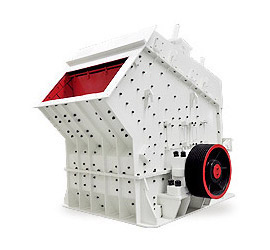Garnet sand is a highly effective abrasive material widely used in sandblasting (abrasive blasting) due to its hardness, durability, and low dust production. Here’s a detailed overview:
Key Properties of Garnet Sand for Sandblasting
1. Hardness (7.5-8.5 on Mohs scale) – Harder than silica sand but less aggressive than aluminum oxide, making it ideal for removing coatings without damaging substrates.
2. Sharp Angular Grains – Provides efficient cutting action for fast cleaning and surface profiling.
3. Low Dust & Reusable – Generates minimal airborne dust compared to silica sand and can be recycled multiple times.
4. Chemically Inert – Non-toxic, environmentally friendly, and safe for use on stainless steel, aluminum, and other sensitive metals.
5. No Free Silica – Unlike silica sand, garnet does not pose silicosis risks (a major health hazard).
Common Applications
- Removing rust, paint, mill scale, and old coatings.
- Surface preparation before welding or coating (e.g., SA 2.5 or SA 3 cleanliness standards).
- Etching glass or stone surfaces.
- Shipbuilding, oil & gas pipelines, aerospace components.
- Always use PPE (respirators, gloves, blast suits).
- Ensure proper ventilation/dust extraction systems.
Garnet Mesh Sizes for Blasting
| Mesh Size | Grit Size (Microns) | Typical Use |
|———–|———————|————-|
| 30/60 | 250-600 | Heavy-duty rust/coating removal |
| 60/80 | 180-250 | General-purpose blasting |
| 80/120 | 125-180 | Fine finishing & delicate surfaces |
Advantages Over Other Abrasives
✔ Safer than silica sand (OSHA/NIOSH compliant).
✔ Faster cutting than walnut shells or plastic media.
✔ Less embedment compared to steel grit/shot..jpg)
Disadvantages
❌ Higher cost than silica sand but more economical long-term due to reusability.
❌ Requires proper containment/recovery systems for recycling.
Safety Considerations

Would you like recommendations on suppliers or specific blasting setups?





Leave a Reply